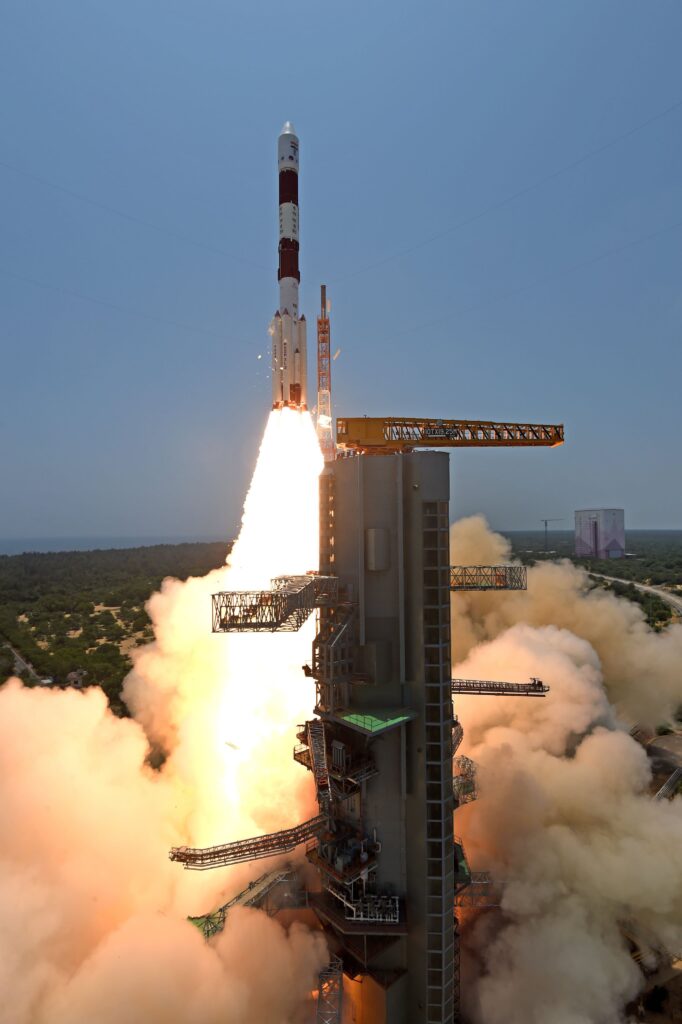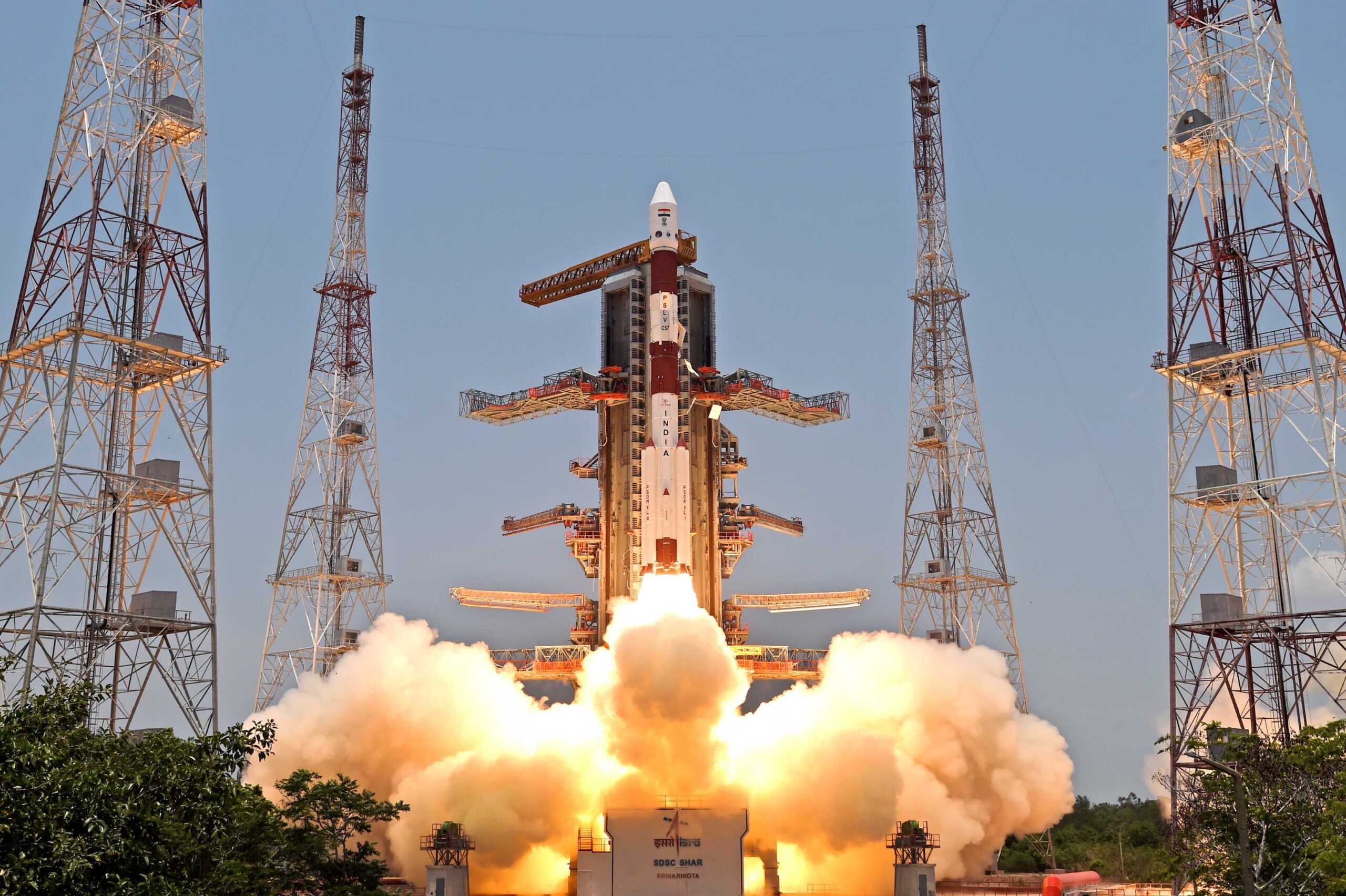The Indian Space Research Organisation (ISRO) successfully launched its first solar mission, Aditya-L1, into space from the Satish Dhawan Space Centre at Sriharikota on Saturday.
It is India’s first dedicated solar mission, and it comes just days after its space agency made a successful landing near the lunar south pole for the first time. It is also the 59th launch of PSLV and the seventh successful launch this year.
The satellite, which contains seven payloads that will study the Sun and its effect on the interplanetary medium, was launched aboard ISRO’s PSLV C57 rocket at 11:50 a.m.
“Congratulations, the Aditya-L1 orbit has been successfully injected into an elliptical orbit of 235×19500 km,” ISRO chairperson S. Somanath said.
“This was the first time that PSLV executed two engine burns in space…Aditya-L1 will now embark on an almost 135-day-long journey to the L1 point,” he added.

Minister of State for Science and Technology and Department of Space Jitendra Singh said, “Congratulations, India. Congratulations, ISRO. While the whole world watched this with bated breath, it is indeed a sunshine moment for India.”
“Indian scientists have been working for years and years. Now comes the moment of vindication,” he added.
Aditya L1 is the first space-based Indian mission to study the Sun. Through various orbit-raising maneuvers and the cruise phase over for about the next four months, the spacecraft shall be placed in a halo orbit around the Lagrange point 1 (L1) of the Sun-Earth system, which is about 1.5 million km from the Earth.
A satellite placed in the halo orbit around the L1 point has the major advantage of continuously viewing the Sun without any occultation/eclipses. It will provide a greater advantage in observing solar activities and their effect on space weather in real-time.
The spacecraft carries seven payloads to observe the photosphere, chromosphere, and the outermost layers of the Sun (the corona) using electromagnetic particle and magnetic field detectors.
Using the special vantage point L1, four payloads directly view the Sun, and the remaining three payloads carry out in-situ studies of particles and fields at the Lagrange point L1, thus providing important scientific studies of the propagatory effect of solar dynamics in the interplanetary medium.
The Aditya L1 Mission is expected to provide the most crucial information to understand the problem of coronal heating, coronal mass ejection, pre-flare and flare activities, their characteristics, dynamics of space weather, propagation of particles and fields, etc.

